South Puget Sound Prairies Bloom
By Beth Geiger, freelance writer
Open prairies may seem out of place in the mossy South Puget Sound region. But there they are, glowing in the spring sun.
Camas flowers tint the grassy landscape purple. Insects and birds add a lively buzz. Set amid forests, ranches, and developments, these prairies are oases of light, life, and beauty.
Mounds at Glacial Heritage Preserve covered with camas. © Keith Lazelle
They are also among the rarest native landscapes in the west, and critical habitat for several endangered species such as the Taylor’s checkerspot butterfly, Mazama pocket gopher, Oregon spotted frog, streaked horned lark and golden paintbrush.
Starting about 20 years ago, The Nature Conservancy purchased seven parcels of South Sound prairie to protect the habitat and the rare species it supports. Our South Sound Prairies program flourished, with dedicated staff and partnerships aimed at restoring and reviving this unique landscape.
See the prairies yourself on the 24th annual Prairie Appreciation Day Saturday, May 11, 2019 at Thurston County’s 1000-acre Glacial Heritage Preserve (usually closed to the public) and the Mima Mounds Natural Area.
Today, the South Sound Prairies program continues to flourish as part of the Center for Natural Lands Management (CNLM), an organization dedicated to preserving and protecting habitat that supports rare species.
“The transfer from the Conservancy was a strategic spin-off for the Conservancy and good for our program,” says Pat Dunn, South Puget South Prairie Program Director, who moved from the Conservancy with the program. “It freed us to embrace the challenge (of preserving the prairie habitat) and restore some of the rarest species in the nation.” Since the spin-off, CNLM has expanded its full time Washington staff from around 12 to about 30 people. CNLM has also purchased four additional parcels of prairie and supporting lands.
Now we celebrate the flowering of the South Sound Prairies Program with the recent completion of the final transfer of land from the Conservancy to CNLM!
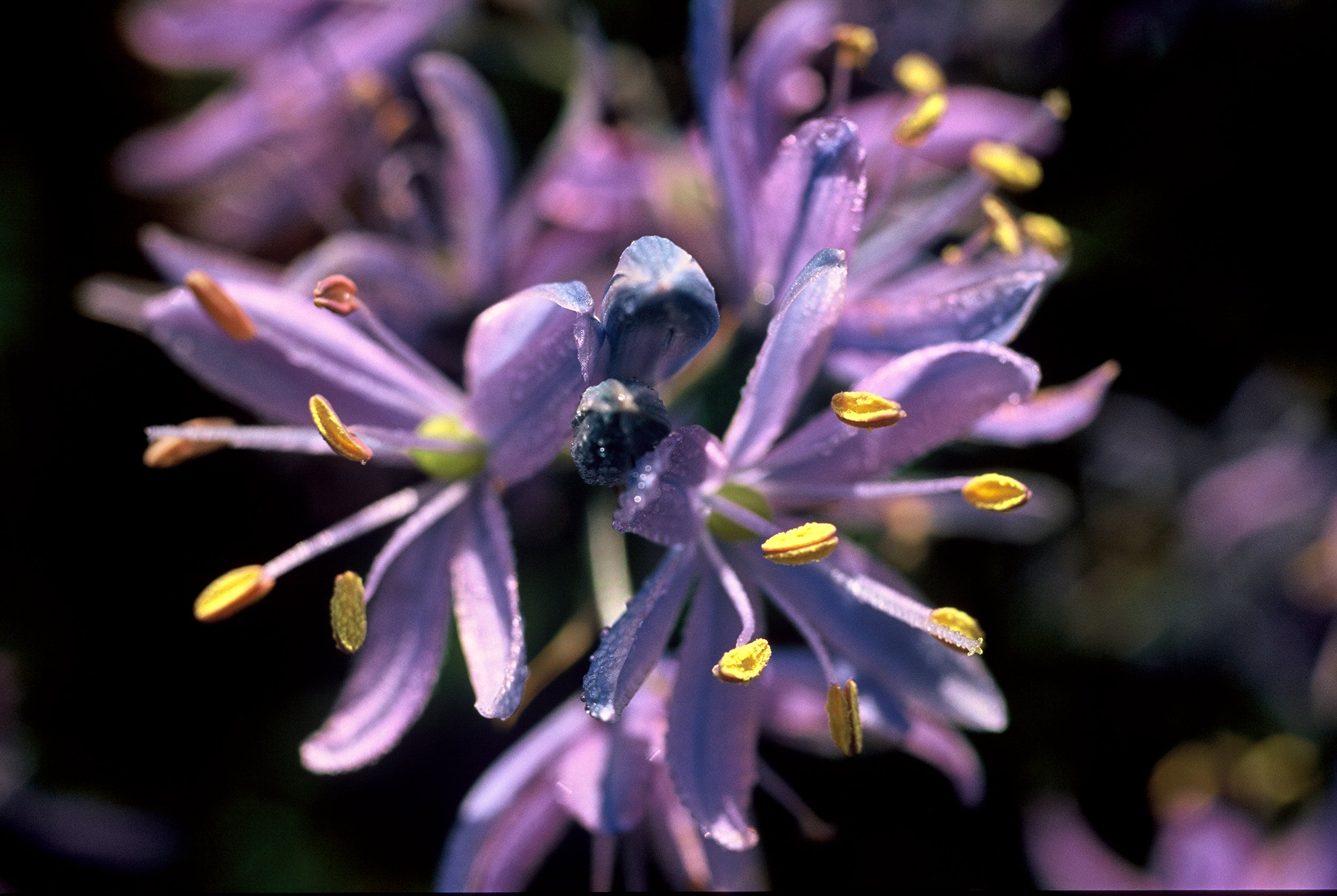

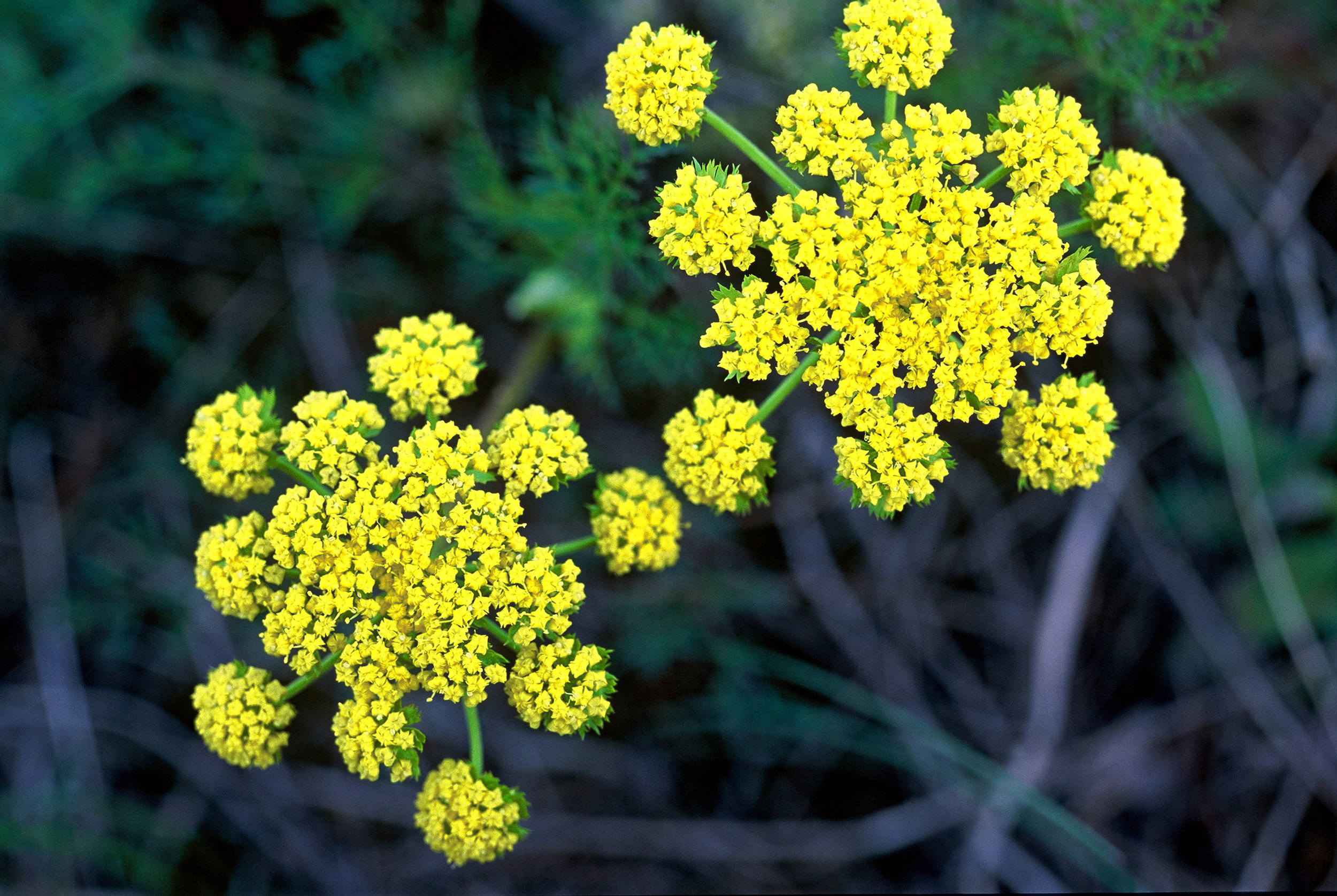

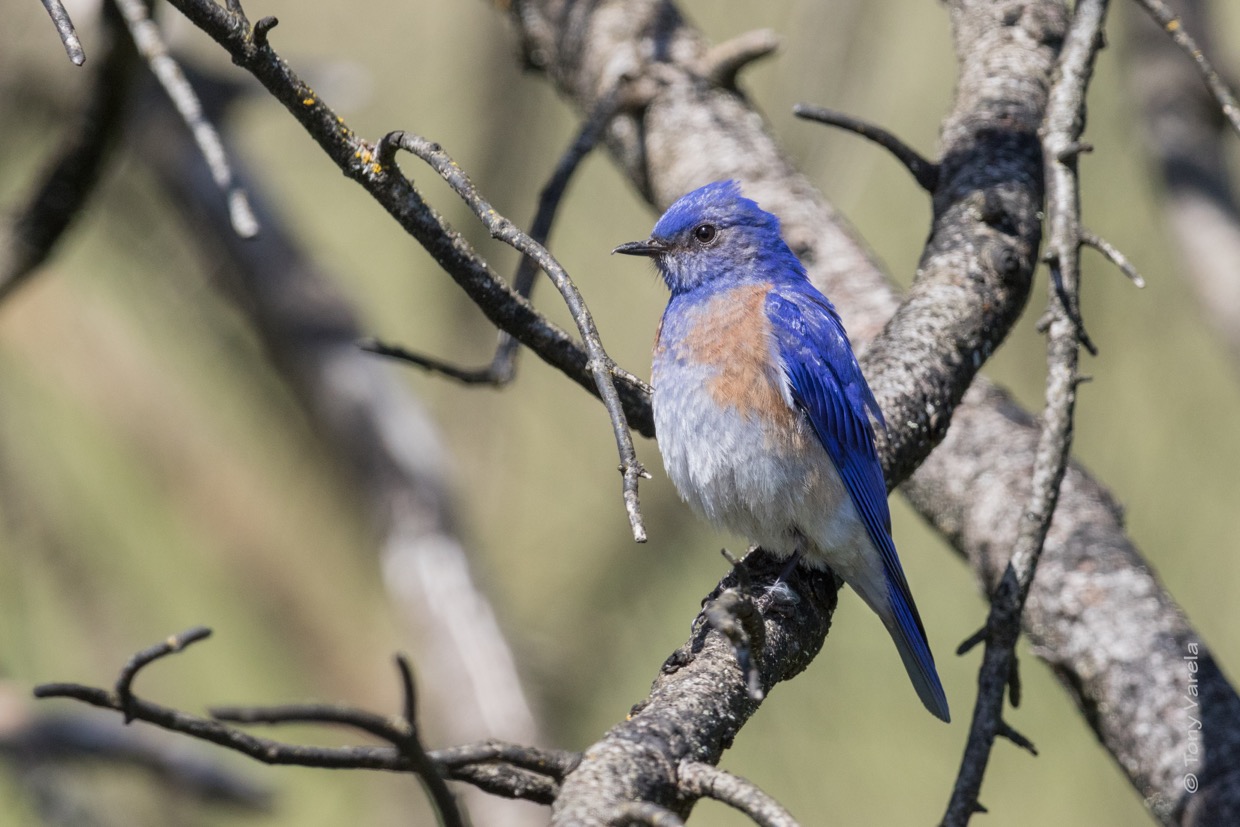
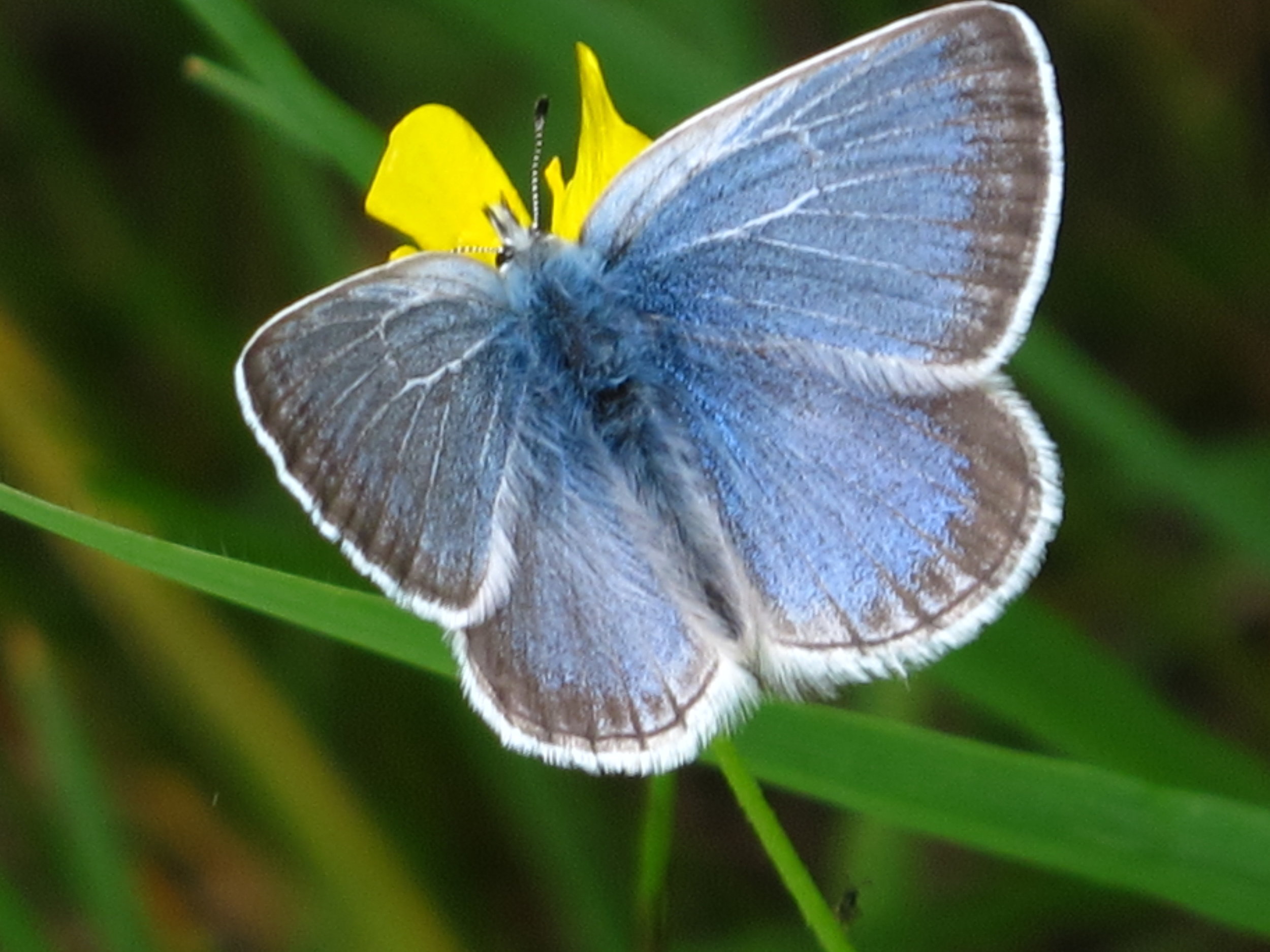
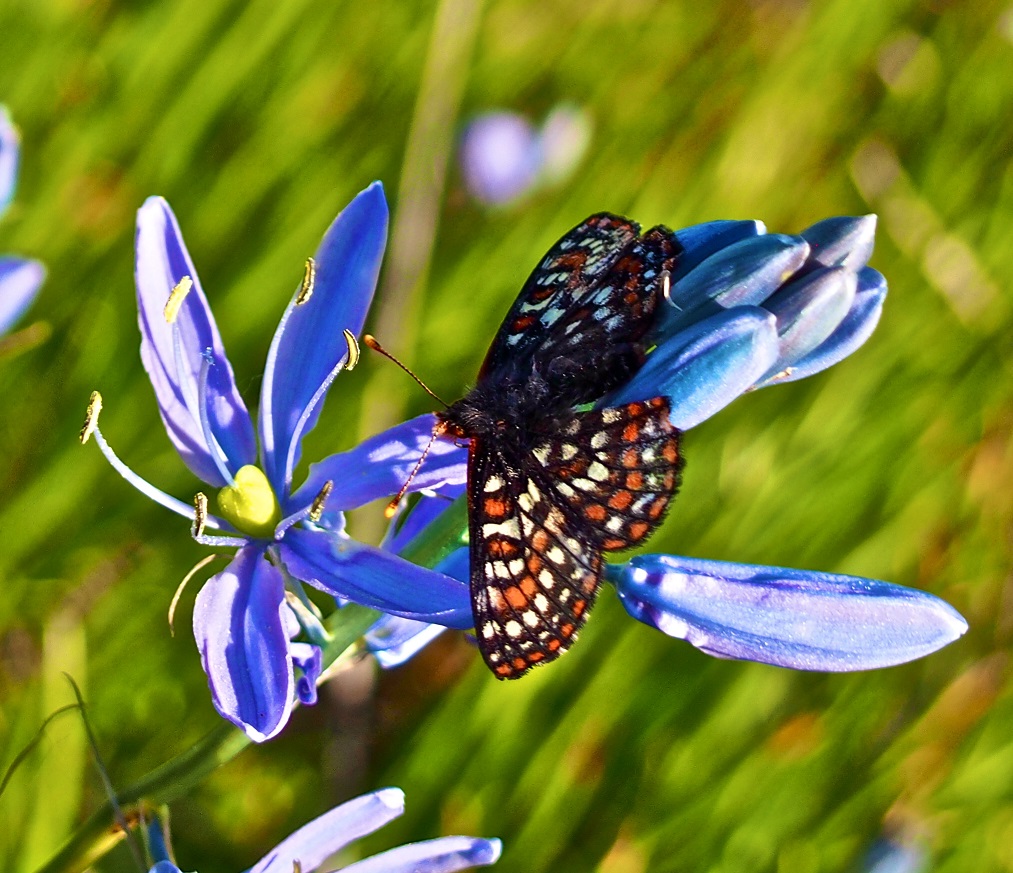
For the last seven years, seven prairie preserves remained in Conservancy ownership, but were managed and stewarded by CNLM. This spring, we celebrate the final transfer of those seven prairie preserves to CNLM, in April 2019. It marks a win for the Conservancy’s legacy, for CNLM, and most of all, for the South Sound prairies.
What led up to these changes?
Around 2010, the Conservancy began shifting its focus to tackle other big conservation challenges: forest health, cleaning up Puget Sound, saving salmon, climate change.
“We were shifting to systems-scale conservation, more about whole ecosystems with less focus on individual species,” said James Schroeder, Director of Conservation for the Conservancy in Washington. “We weren’t able to give the prairie preserves and species the attention they deserved. So we looked for an organization that focused on small parcel and endangered species conservation to take over stewardship.”
In 2011, the Conservancy transferred the South Sound Prairies program, including staff and funding, to CNLM, expanding the California-based organization’s presence to Washington.
With its new organization, the South Sound Prairies program has continued to invest in habitat restoration, science, and preserving and protecting this inviting landscape.
Visitors enjoy a hayride across the prairie at Prairie Appreciation Day 2018. © Meredith Rafferty
These rolling, gravelly prairies have an origin story as intriguing as the landscape itself. They formed at the end of the last glacial period, 10 to 12 thousand years ago, and were vital to the region’s Native Americans, who prized the prairie’s abundant native camas plants for food and trade (cooked camas bulb tastes like a cross between sweet potato and onion, according to Sarah). To sustain the supply of camas, tribes burned the prairies to keep forest from encroaching. “The prairies really exist because of people. They were hugely important to indigenous communities,” says Sarah Hamman, restoration ecologist for CNLM.
Not surprisingly, only a fraction of the original South Sound prairies remain (much of it on Joint Base Lewis McChord, or JBLM). That, says Pat, presents a challenge: there’s not enough native habitat to maintain the threatened species. “We’re meeting this challenge because of cooperation (between partners and landowners),” he says.
Along with expanding partnerships and properties, CNLM is also sustaining and expanding prairie habitat using controlled burning and other science-based strategies such as grazing rotation in coordination with ranchers. CNLM also cultivates over 60 different types of native prairie plants on two of their properties. “A big effort is to grow seed,” says Sarah. “We’re creating a reserve of native prairie plants.”
The seeds and plants are distributed onto CNLM preserves as well as to prairie partners such as JBLM, tribes, Department of Fish and Wildlife, and private landowners. Ultimately, CNLM’s goal is to create an east-west corridor of prairie habitat stretching from the Black Hills south of Olympia to the Cascade foothills.
Pat Dunn describes the transformation over the last two decades on one of the larger preserves. “It was a sea of invasive scotch broom. You couldn’t see six feet into it,” he recalls. “Today you look at over 600 acres of grassland—a sea of purple camas. There are, he says, more species of native bees than most places in the country. “You can see bluebirds raising their families, hear meadowlarks calling, and see populations of endangered species.”
Banner photo, Mima Mounds covered in camas, by Washington Department of Natural Resources.

















